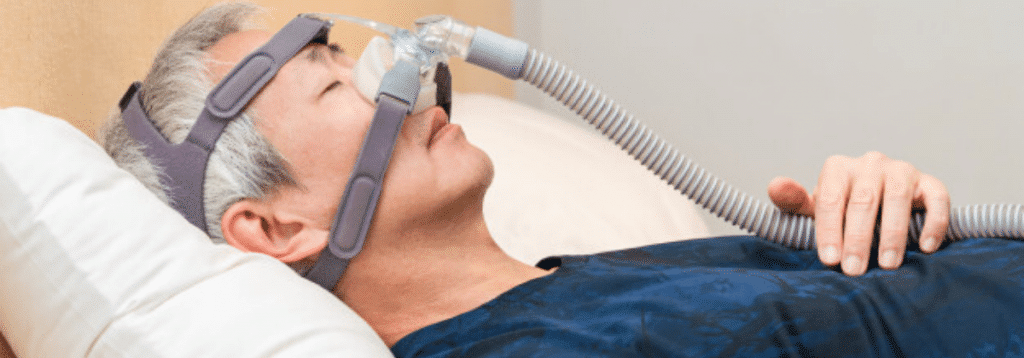As a CPAP user, you know may be familiar with the common side effects of CPAP, but there are some less well-known side effects that may not be as easy to detect, but can still interfere with your CPAP treatment observance. They may seem like minor inconveniences, but they are side effects that you don’t have to deal with. Find out more about our solutions to reconcile you with your CPAP.
Nasal congestion and dry nose
When it comes to the side effects of CPAP, it’s easy to solve this problem! Waking up with a dry or congested nose are two common side effect from CPAP The air from your CPAP blows into your nasal cavities can irritate them and make them dry or bleed. On the other hand, your nasal airways may try to protect themselves by producing too much mucus, leading to nasal congestion.
Tip: Using a heated humidifier can moisturize that your nasal passages need to reduce or eliminate irritation. If you already use a heated humidifier, try a higher setting. If this doesn’t work, you can also try using a soothing nasal gel.
Dry eyes
Dry eyes may not seem obvious when thinking about common CPAP problems, yet this side effect is common. If you wake up with dry eyes, your mask may have a leak at the bridge of your nose. This could cause air to leak all around your eyes, causing your eyes to become very dry.
Tip: Tightening your mask is not the answer. Instead, we recommend adding a nasal cushion to support your mask on your skin. If this doesn’t work, you may need to change the size of your mask, as your current mask may be too large or too long for your face.
Dry mouth
If you wake up with a dry mouth, it is likely that you sleep with your mouth open, which can reduce the effectiveness of your CPAP treatment. Fortunately, there are solutions for dry mouth that you can try.
Tip: The first solution is to check your mask for leaks. If your mask is more than six months old, you may want to replace it. If you are using a full face CPAP mask and you don’t see any signs of leakage, try to increase the humidity level. If you are using a nasal mask instead, try using a chin band to keep your mouth closed.
If none of these solutions are right for you, consult a specialist to find a solution that’s better suited to your needs.
Marks or skin redness caused by CPAP
Your CPAP mask can leave marks on your skin if it doesn’t fit properly, which can lead to lesions, especially along the bridge of the nose. People with sensitive skin can also develop a rash or skin irritation, in particular with masks that contain latex.
Tip: Mask liners, barrier creams, sagging mask or a better fitting mask can relieve these symptoms.
Headaches
Headaches are not a common side effect of CPAP. Unless sinus problems are the cause or your blood pressure is too high.
When your CPAP blocks part of your sinus cavities, it can create pressure between your sinus cavities, causing headaches.
Tip: Add a heated humidifier to open your sinuses during treatment. If you’ve tried this and still haven’t gotten relief, make an appointment with a Dorma specialist for further advice.
Luckily, changes can often be made to improve the CPAP therapy experience to reduce side effects. If you are experiencing side effects, talk to your Dorma specialist who can suggest solutions. After reviewing your CPAP history, it will be possible to determine the best way to modify your pressure settings or make other changes.
